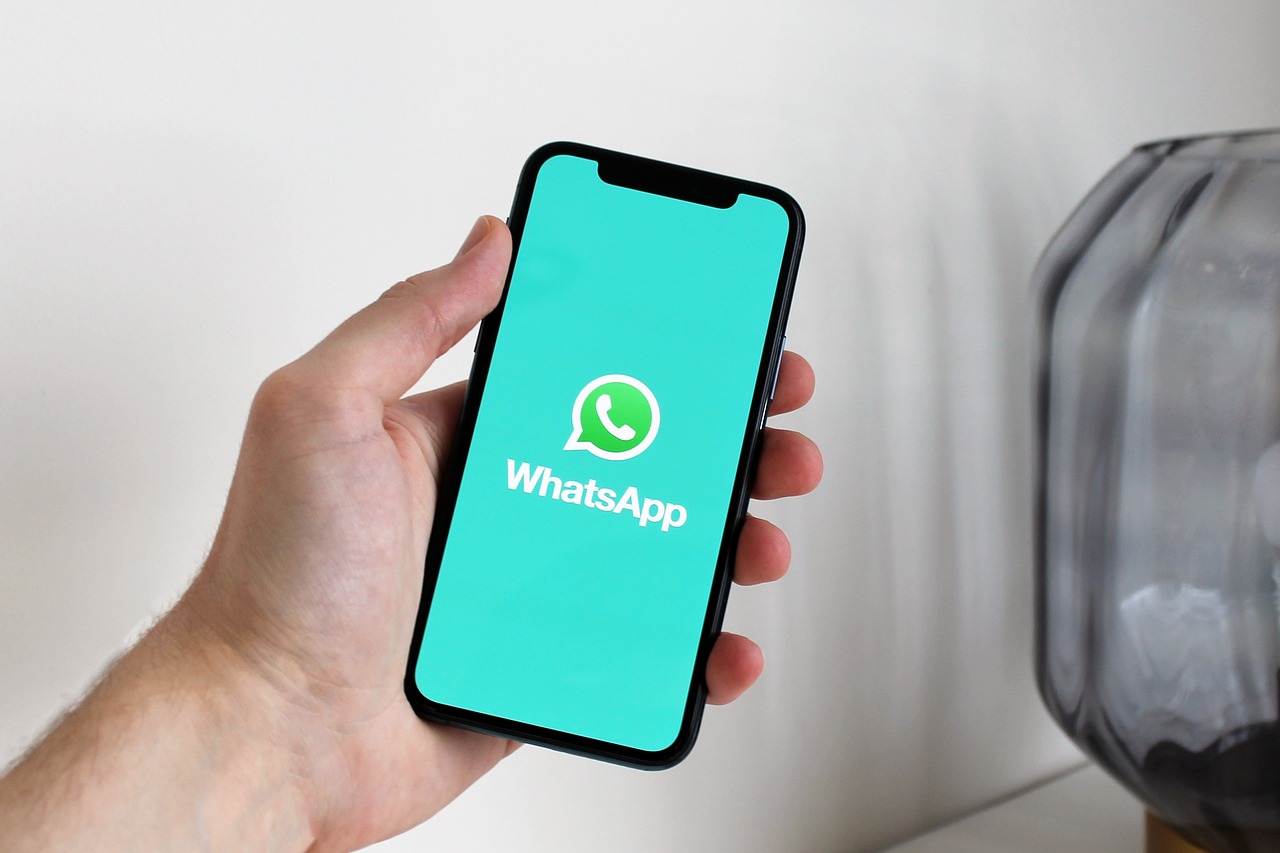Learn now how to connect your air conditioning to your cell phone, to control it quickly. It's very easy!
During this heat wave that Brazil has been experiencing, using the air conditioning unit has become much easier with the arrival of cell phones and other smart home devices, since in many cases it is no longer necessary to use the remote control that comes with the unit. However, depending on the situation, it is necessary to make some simple settings to turn on the air conditioning unit using your smartphone, but the good news is that the process is usually very quick.
In general, air conditioning models can be divided into two categories today. The most advanced are “smart” models, which are connected to the home’s Wi-Fi network and therefore work directly with your cell phone, using each brand’s software solutions. However, a good portion of current devices still do not have this support natively. However, it is still possible to use your cell phone to turn the device on and off, using additional equipment.
Find out now what to do in each case!

Smart air conditioning
The process with smart models is generally simpler. However, each step will depend on the different air conditioning brands and how they implement their solutions. In the case of Samsung's SmartThings ecosystem, the air conditioning connection can be done through the app, available for Android cell phones and iOS.
With this, it will be necessary to add the air conditioning as a new device integrated into the network, through these steps:
- After installing the air conditioner, open the SmartThing app on your cell phone;
- Find the “+” icon and select it;
- Select the “Add device” option;
- Among the options, find “Air conditioning”;
- In the next list of options, find the specific type of air conditioning unit;
- After that, write the location of the product, so that it is named this way;
- On the device's remote control, press and hold the “Timer” button. This will connect it to the Wi-Fi network;
- Press the air conditioning on/off button;
- Enter extra information about the network, such as the password;
- After that, the air conditioning will be registered in the account. from Samsung, being possible to control it via smartphone.
LG models can be configured using the ThinQ app. Configuration can be done as follows:
- After the air is completely installed, open the LG ThinQ application on your phone;
- Find the “Add Device” option;
- After making sure that the device is connected to the power grid, select the “Next” option;
- In the opened list of options, find the specific air conditioner;
- On mobile phones with the iOS operating system, you need to connect to the air conditioner's own Wi-Fi network, where the password is made up of the last four digits of the network name. On mobile phones with the Android operating system, a pop-up will open and you must select the “Connect” option.
- After that, the procedure will be completed and you can control the device via your cell phone.
“Common” air conditioning units
The most traditional models can be controlled via a cell phone, even if they are not smart. In these cases, the solution is to buy an adapter that works via Wi-Fi and uses an infrared emitter to function as a control.
In general, these devices are quite small in size and can fit anywhere in the house. The price is also usually relatively low, being much better than that of a new smart air conditioner.
As there are different control models by Wi-Fi connection, the setup process may be different. But in general, they should be similar to that of the Positivo Casa Inteligente Universal Wi-Fi Smart Control. To do this:
- Add universal control to the Wi-Fi network through its corresponding app;
- Within the app, select the “Add remote control” option;
- Select “air conditioning” as the product;
- Find his mark;
- Test the buttons on the controller that will appear on the screen;
- If it doesn't respond, select another control layout that the app suggests and repeat the process;
- Add a name for the control and you're done.



